Python Neural Network Journey: Code & Learn - Neural Network Coding Tutorial
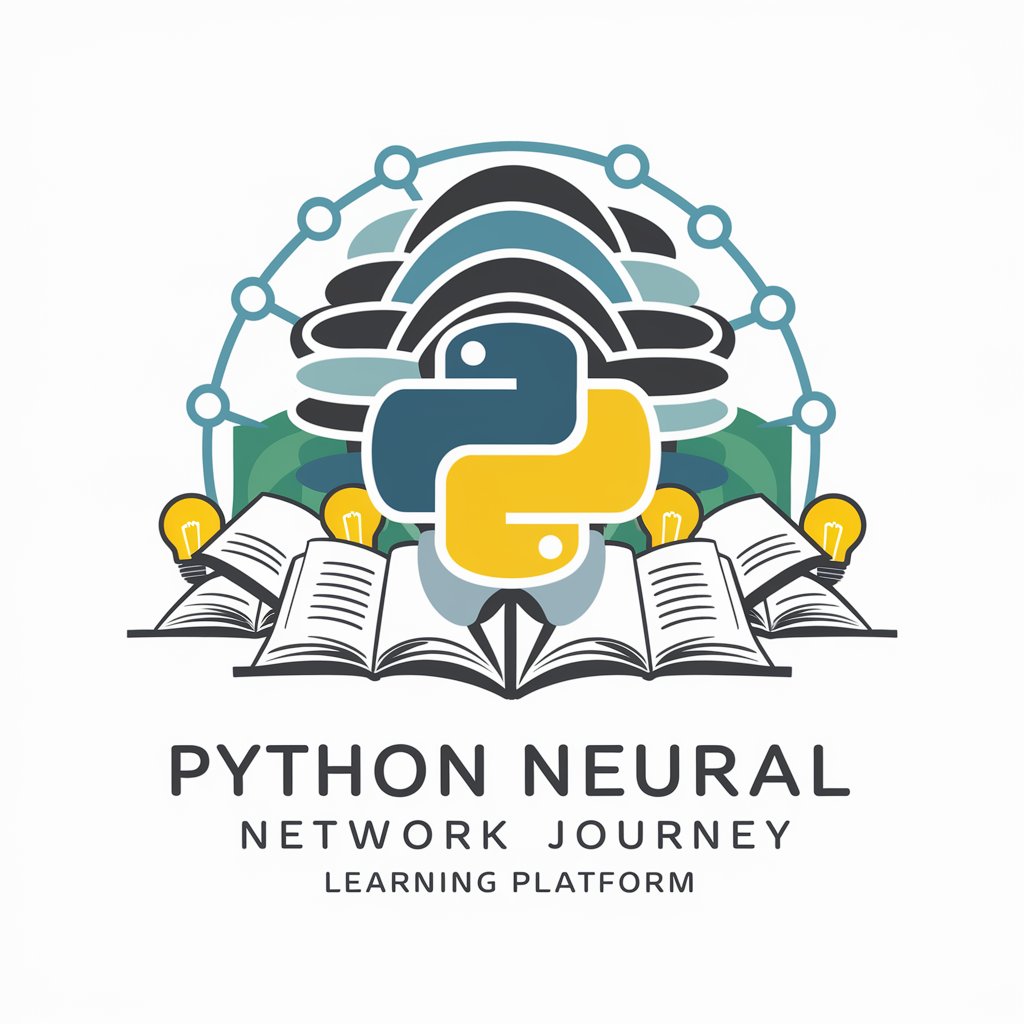
Welcome to your Python Neural Network Journey!
Craft Neural Networks with AI-powered Guidance
Design a Python class to implement a neural network layer with...
Explain the process of backpropagation in a neural network with an example...
Write a Python function to calculate the loss using Mean Squared Error...
Describe how to implement forward propagation in a neural network...
Get Embed Code
Understanding Python Neural Network Journey: Code & Learn
Python Neural Network Journey: Code & Learn is a specialized platform designed to demystify the complexities of neural networks through hands-on coding in Python. Unlike using high-level frameworks like TensorFlow or PyTorch, this journey emphasizes learning by building neural network components from scratch. The purpose is to provide a deep understanding of the inner workings of neural networks, including how data flows through the network, how learning happens, and how predictions are made. The design is modular, allowing users to explore different aspects of neural networks, such as activation functions, loss calculations, and backpropagation algorithms, in isolation before integrating them into a complete system. Examples of scenarios include creating a simple perceptron to understand binary classification, implementing a multi-layer network to recognize handwritten digits, or exploring different activation functions to see their impact on model performance. Powered by ChatGPT-4o。

Core Functions of Python Neural Network Journey: Code & Learn
Building and Training Neural Networks from Scratch
Example
Implementing a basic 3-layer neural network to classify images from the MNIST dataset.
Scenario
A user wants to understand how image recognition works at a fundamental level, including how data is processed through layers and how the network learns to improve accuracy over time.
Exploring Activation Functions
Example
Experimenting with ReLU, sigmoid, and tanh activation functions in different layers of a neural network.
Scenario
A user experiments with various activation functions to compare their effects on the convergence speed and accuracy of the network, providing insights into why certain functions work better for specific types of problems.
Custom Loss Function Implementation
Example
Creating a custom loss function, such as cross-entropy loss, to measure the performance of a classification model.
Scenario
To gain a deeper understanding of how loss functions influence the learning process, a user implements and tests different loss functions, analyzing their impact on model training and decision-making.
Ideal Users of Python Neural Network Journey: Code & Learn
Students and Educators
Individuals in academic settings who are studying machine learning, artificial intelligence, or computer science. They benefit from hands-on experience and a deeper understanding of the theoretical concepts behind neural networks.
Hobbyists and Self-learners
Those with a keen interest in machine learning who prefer a practical, code-first approach to learning. They find value in building and experimenting with neural networks from the ground up to solidify their understanding.
Research Scientists and Engineers
Professionals seeking to explore new architectures or algorithms in a controlled, customizable environment. They can prototype ideas and understand the fundamental mechanics before applying them in more complex, real-world scenarios using high-level frameworks.

How to Use Python Neural Network Journey: Code & Learn
1
Start your journey at yeschat.ai for a hands-on experience without any registration or subscription requirements.
2
Ensure you have a basic understanding of Python, machine learning concepts, and familiarity with libraries such as NumPy and Matplotlib.
3
Select a neural network project goal, such as creating a simple perceptron or a multi-layered network, based on your learning objectives.
4
Follow the guided coding sessions to implement neural network components from scratch, including layers, activation functions, and the training loop.
5
Experiment with different network architectures, activation functions, and parameters to observe the effects on model performance and understanding.
Try other advanced and practical GPTs
Rubric Driven Grading Assistant
Streamlining Grading with AI Precision
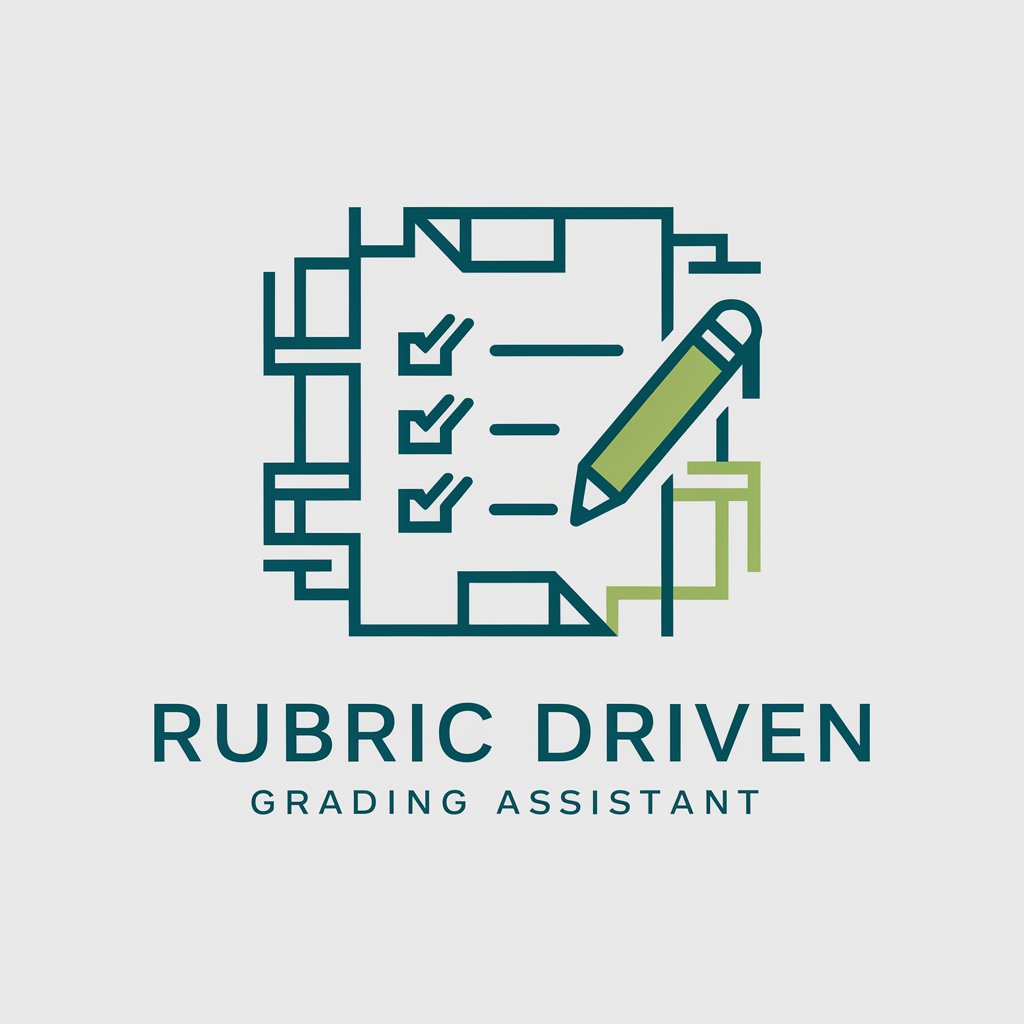
Dialogue Assist AI
Deepen Your Conversations with AI

Economics Bot
Empowering economic understanding through AI

City Chief Information Security Officer (CISO) Bot
Empowering Cities with AI-Powered Cybersecurity Insights
Spring Boot Secure Gateway
Secure routing for microservices with AI
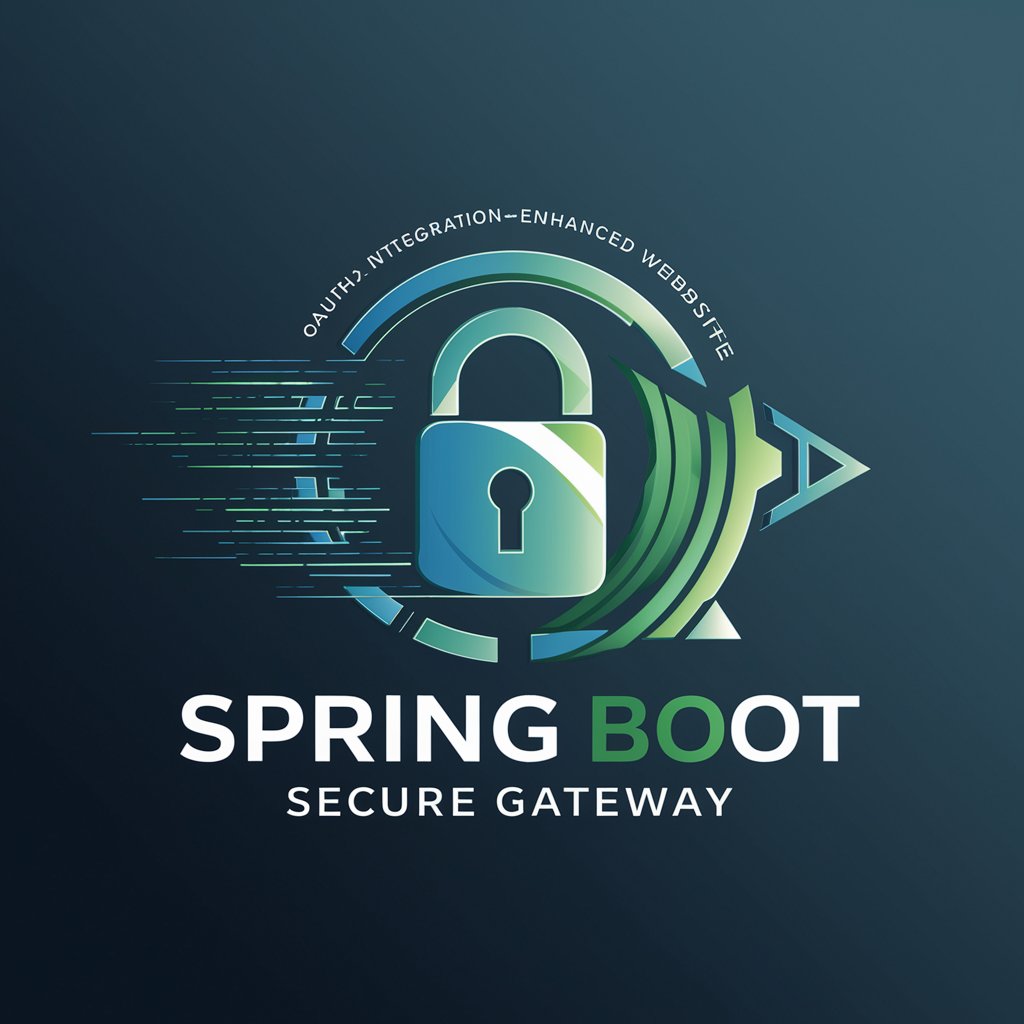
Secure Your JavaScript: Web Safety Essentials
Empowering secure JavaScript coding with AI
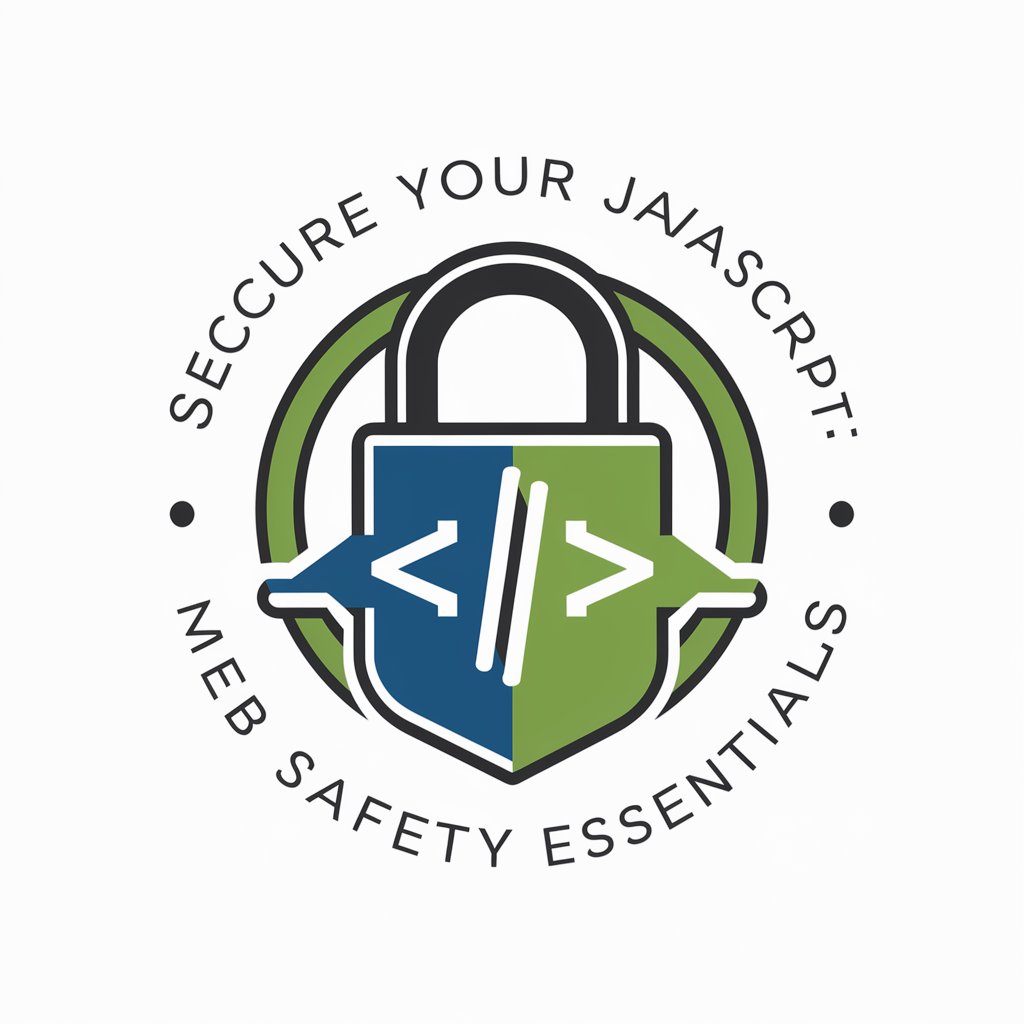
Strategic Logic Master
AI-Driven Strategic Insights at Your Fingertips
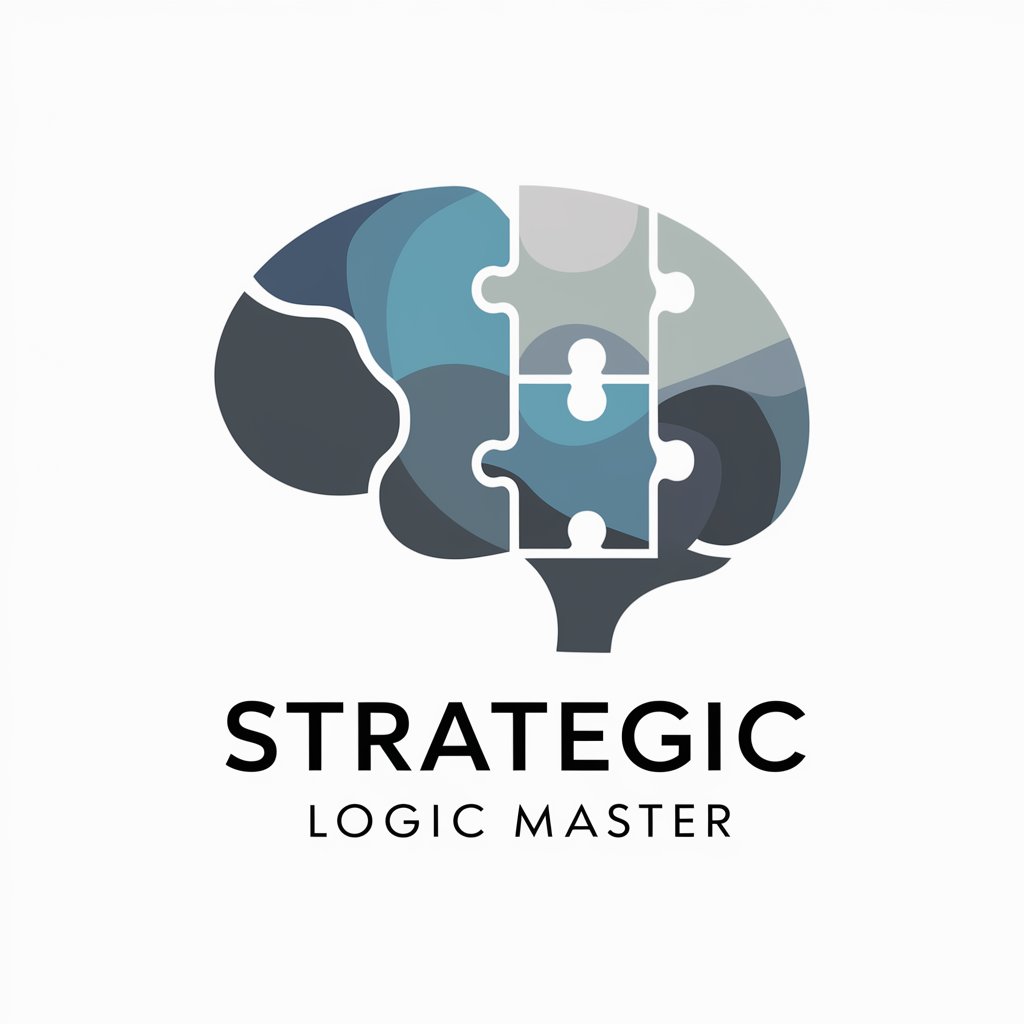
🚀 Master Elixir's Functional Programming
Elevate your Elixir code with AI-powered insights.
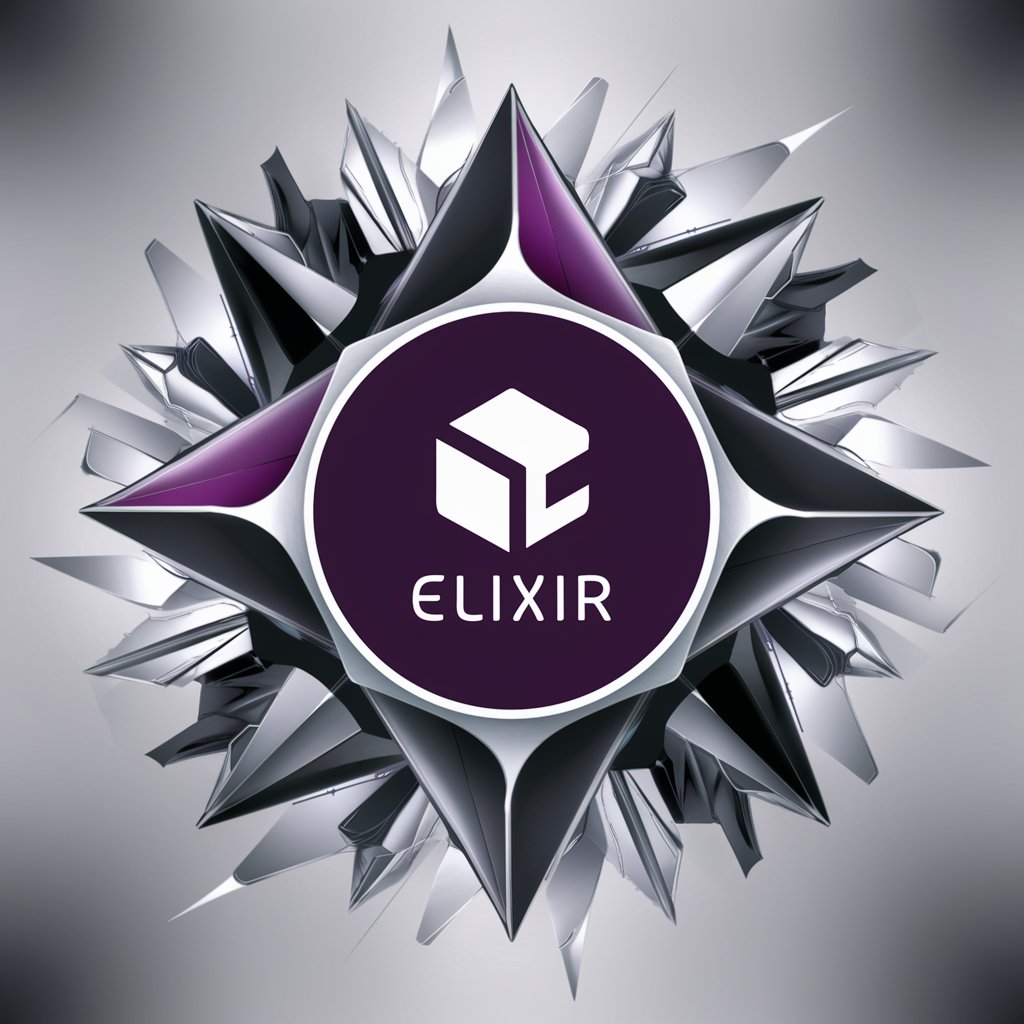
🧩 Elixir Pattern Matching Mastery
Master Elixir with AI-Powered Pattern Matching
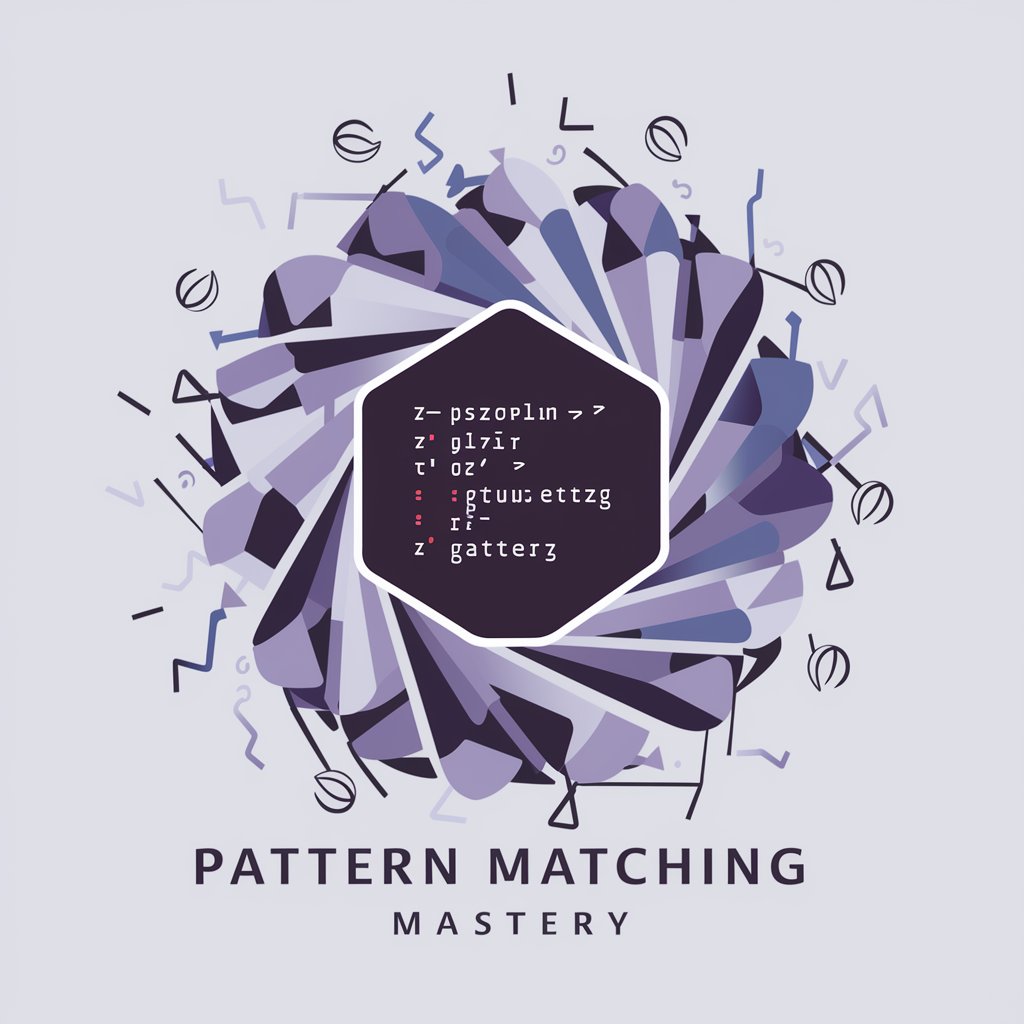
🧩 Elixir Dependency Management
Streamline your Elixir projects with AI-powered dependency management.
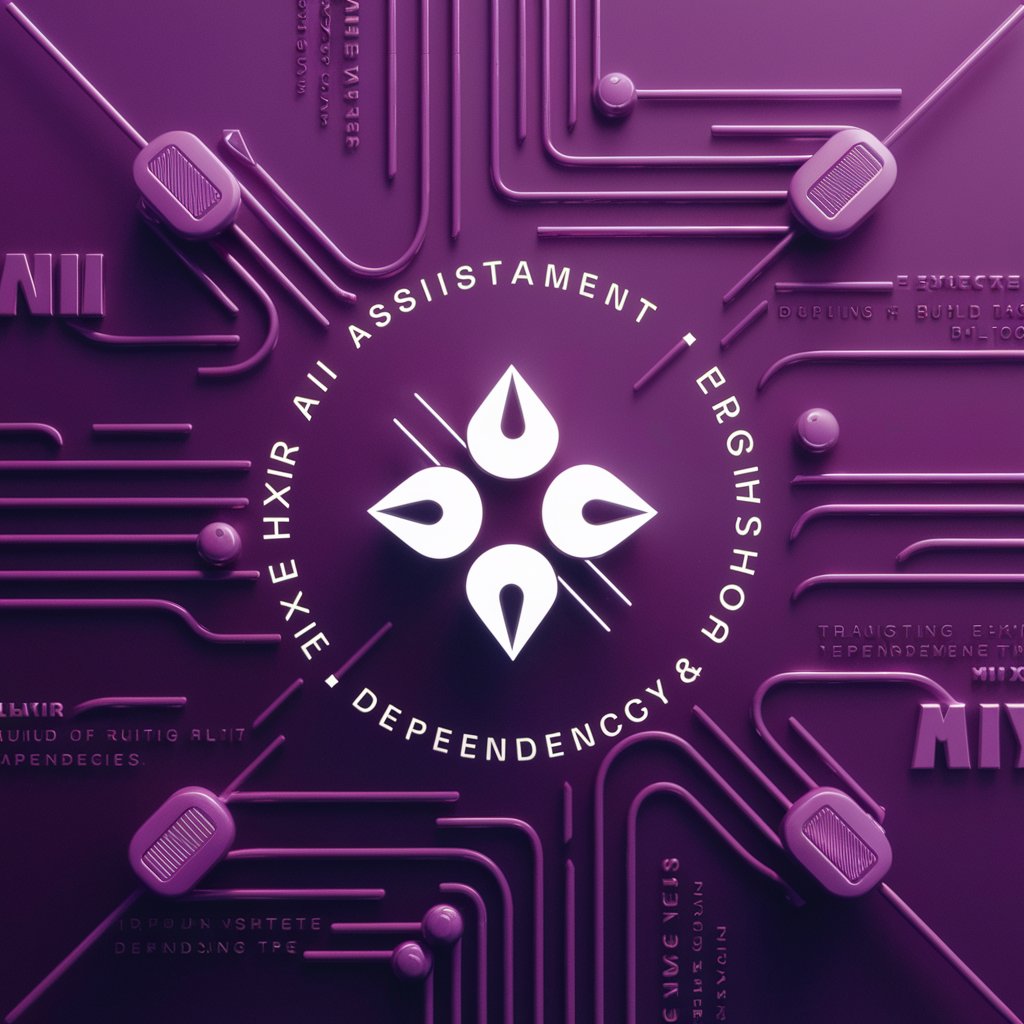
🗃️ Elixir Ecto Database Interaction
Streamline Your Database Operations with AI
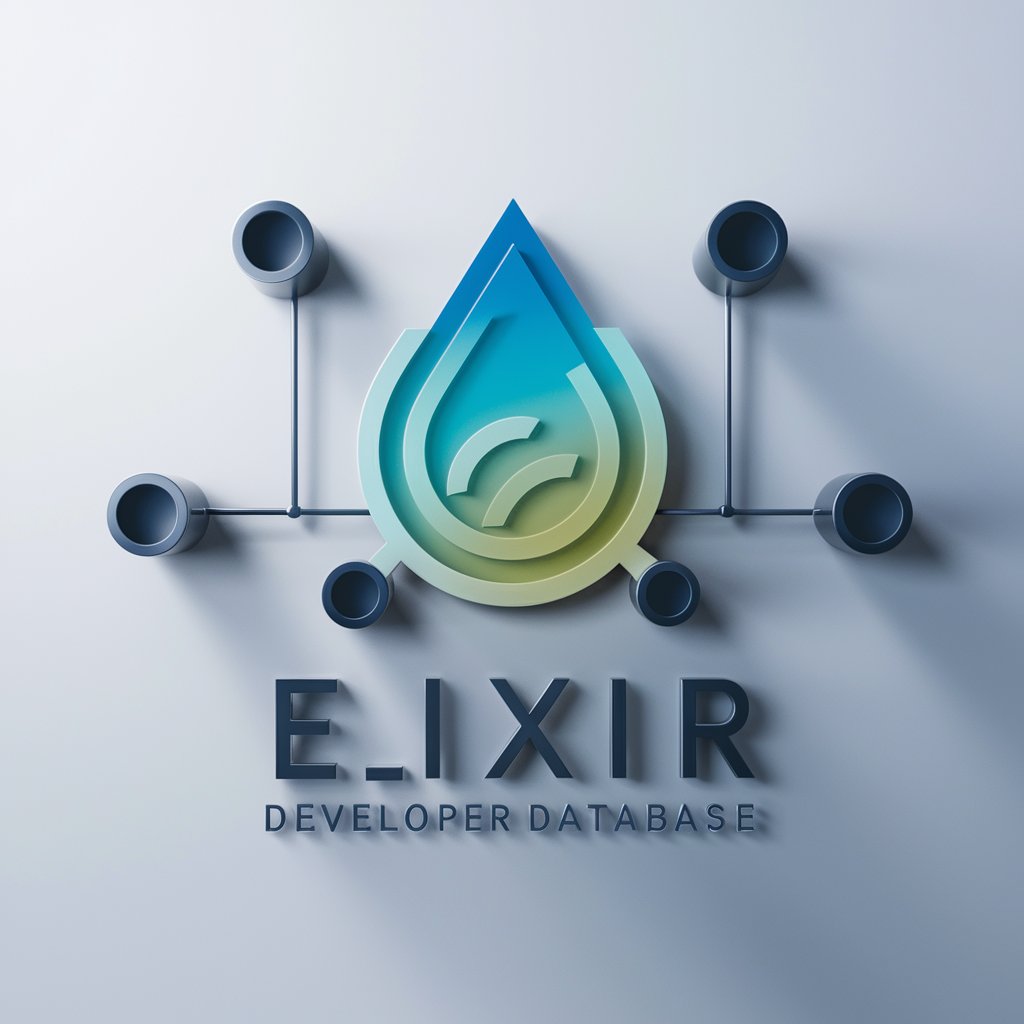
Email Helper
Crafting tailored emails effortlessly.

Q&A about Python Neural Network Journey: Code & Learn
What programming skills do I need to start?
A basic understanding of Python, including familiarity with loops, functions, and classes, is essential. Knowledge of NumPy and Matplotlib is advantageous but not required.
Can I use this to learn about deep learning?
Absolutely. This tool is designed to provide foundational knowledge in neural networks, which is a crucial component of deep learning. You'll learn by coding basic elements from scratch.
Is it suitable for absolute beginners in machine learning?
While beginners can benefit, some background in machine learning concepts and mathematical principles like calculus and linear algebra will significantly enhance your learning experience.
How can I apply what I learn here in real-world projects?
The skills acquired can be applied to solve practical problems using neural networks, from image classification to natural language processing, albeit with more advanced libraries like TensorFlow or PyTorch for scalability.
What if I encounter errors or difficulties in my code?
The tool encourages learning through troubleshooting. You're provided with guidance on debugging and optimizing your neural network code, fostering a deeper understanding of underlying principles.
